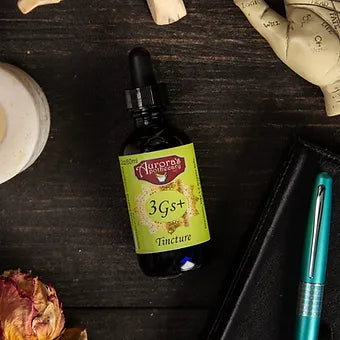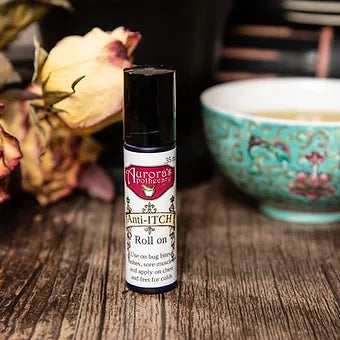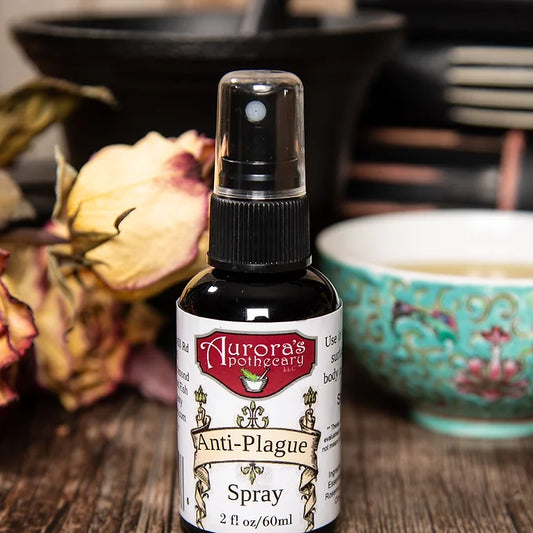I used to have a strong dislike for stinging nettle due to its potent sting. While I could walk through a patch of poison ivy without any problems, I would start itching just from being within three feet of this plant. Even thinking about it now makes me feel itchy.
However, my perspective changed when I began to study the plants around me and came across stinging nettle again. I discovered that this plant is not just edible but also incredibly nutritious and has some impressive medicinal properties packed within its prickly exterior.
Stinging nettle is a native plant that grows abundantly in Wisconsin, and it's worth getting familiar with so that you can identify it and avoid touching it. The plant has tiny stingers (trichomes) filled with histamine and other chemicals as a defense mechanism. Brushing up against it causes the release of these chemicals onto the skin, but fortunately, other plants like Plantain or Jewelweed usually grow alongside it to soothe the sting. However, I recommend wearing long, thick gloves while handling stinging nettle, especially for amateurs.

It's important to note that stinging nettle does have some look-alike plants, such as false nettle and wood nettle, so it's important to properly identify the plant before harvesting or consuming.
The best time to harvest stinging nettle is during the spring, when the plant is under 1.5 feet tall. Avoid harvesting a plant once it has started to flower, as the chemicals in the plant change and become difficult for our liver to process.
Despite its sting, stinging nettle is packed with essential vitamins and nutrients such as Vitamins A, B6, K, Thiamin, Riboflavin, Niacin, Folate, Calcium, Iron, Magnesium, Phosphorus, Potassium, Sodium, Zinc, Copper, Manganese, and Selenium.
So how can we consume stinging nettle when it doesn't want to be touched or ingested? There are two ways. If you plan to use it later for tea or tincture, you can dry it out by hanging it upside down in a shady, airy place. If you want to cook with it, you need to boil it one or two times. I like to add stinging nettle to all my tea blends to boost their nutrients and get them into my body every day.
There are several ways to eat stinging nettle, such as making Nettle Pesto, nettle fritters, nettle soup, and using it as a puree and filling. My personal favorite is Nettle Pesto, which involves boiling the fresh nettles for just one minute, straining them well, and adding them to a blender or food processor with garlic, pine nuts, olive oil, sea salt, lemon juice, and cheese (if desired).
Stinging nettle has been used for medicinal purposes for centuries. While people used to flog themselves with nettle to relieve arthritic pain, today we use it to combat allergies, help with skin, kidneys, urinary, gastrointestinal, cardiovascular, and gout issues. However, it's important to consult a doctor to ensure that stinging nettle won't interact with any of your current medications.
S
tinging nettle has also been shown to help alleviate allergy symptoms such as hay fever, by reducing inflammation and histamine levels in the body.
This spring, take a moment to explore your surroundings and search for stinging nettle. With its impressive nutritional and medicinal benefits, let's change the perception of this wonderful, albeit itchy, plant.
Don’t want to deal with harvesting stinging nettle? Grab our tincture and have the benefits of stinging nettle delivered to your home.





